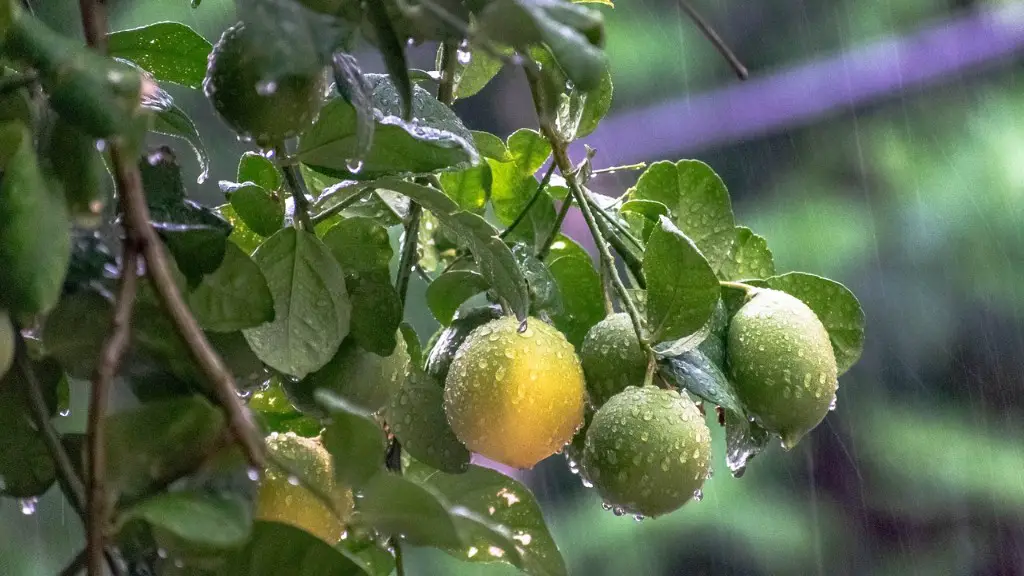Lemon trees are a great addition to any garden or yard. Generating nutritious, seasonal lemons, these plants are renowned for their edible fruits. However, growing a lemon tree isn’t quite as easy as nurturing other house plants. The unique challenges of maintaining lemon tree wellbeing requires a specific approach, practical understanding and a specific set of growing conditions.
Understanding the Environmental Requirements
Before growing a lemon tree, one must consider the environmental requirements they need to thrive. Lemon trees like warm, sun-filled areas that get a minimum of 6 hours of sunlight a day. Humidity is less important, however the soil should be kept moist and rarely allowed to dry out. Further, these plants prefer slightly acidic soils, with a pH of 6.0-6.5 being ideal. Since water saturation can be a concern, you must also ensure the pot has proper drainage.
Select an Appropriate Pot
An appropriate pot is essential for a successful lemon tree. One rule of thumb when selecting a pot is to choose one that is only 1-2 times larger than the root ball. If too large, the soil can remain consistently wet which can cause root rot. Terracotta pots are the ones most often used since they absorb excess moisture from the soil. Plastic pots can also work and are often less expensive.
Know When to Water and Fertilize
When caring for a lemon tree, water is essential for bringing nutrients to the roots and helping the plant to produce fruit. You should water when the top two inches of soil become dry. Don’t soak the soil and avoid overfertilizing. Fertilizer should be added monthly, using a fertilizer meant to support citrus trees – watch the ingredients to ensure they include nitrogen and phosphorus.
Handle Pruning Appropriately
Prune lemon trees like any other tree – boost the sun-reach of branches, remove diseased wood, and narrow weak branches. Steer clear of pruning too much in a single season, and be sure not to skip on the pruning activity, as it ultimately impacts the amount of fruit the tree can generate.
Manage Pests and Diseases
Lemon trees require a vigilant pest management. Aphids are known to damage the trees, and an effective insecticide needs to be used at the first sign of infection. Further, common diseases include rust, powdery mildew and root rot. Treat root rot with a fungicide and test leaf pH to prevent rust and powdery mildew.
Protect lemon trees from cold weather
Depending on the climate, you may need to bring your lemon tree indoors in cold weather. If the temperature falls below 41 degrees Fahrenheit, the tree will no longer thrive and may succumb to the freezing air and frost. Lemon trees need to be kept indoors in cool and dry areas, with temperatures of around 50–70 degrees Fahrenheit.
Select the Right Variety
When selecting a lemon tree, it’s important to select a variety that’s suited to the environment. For instance, some trees may be cold hardy or disease resistant in specific regions. When shopping for lemon trees, look for dwarf varieties such as Meyer or Eureka, as these have been bred to have smaller root systems that easily fit into smaller pots, and thus easier to manage.


